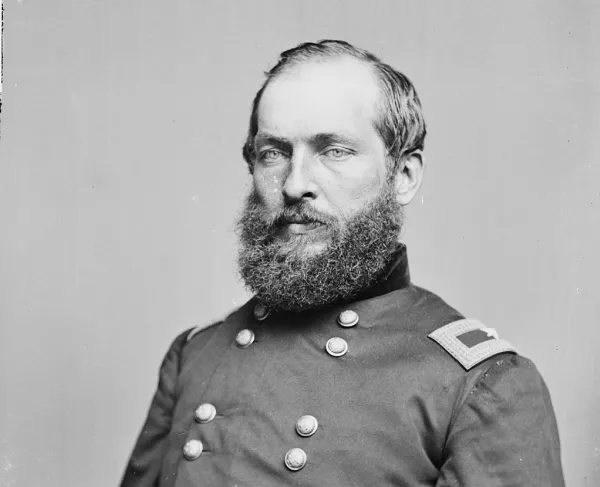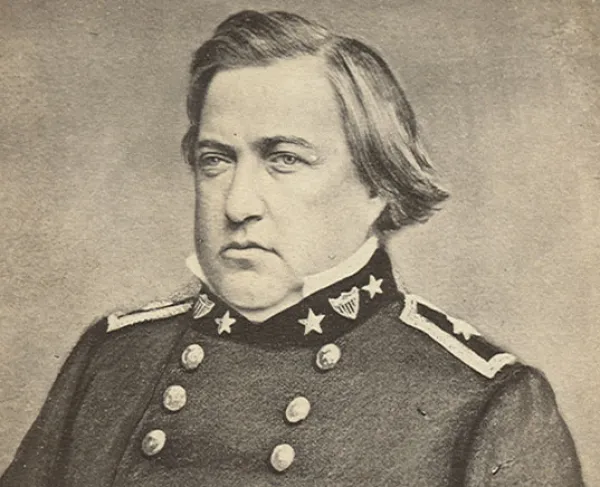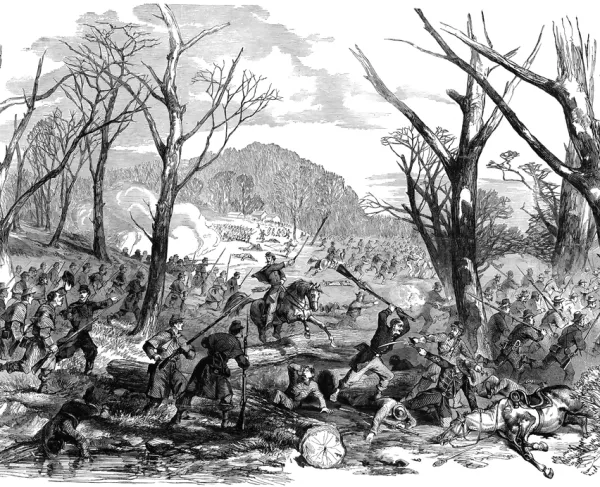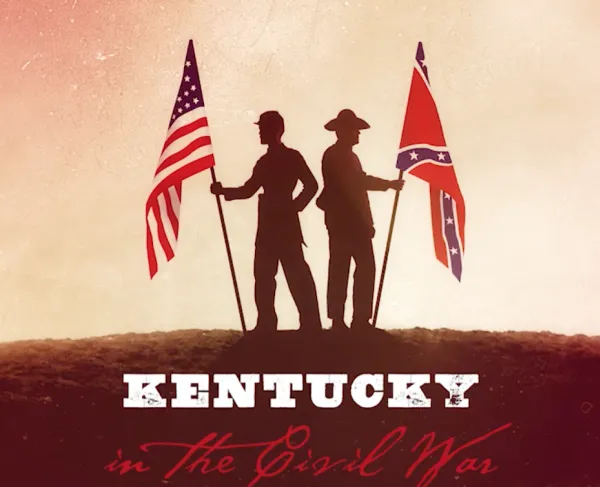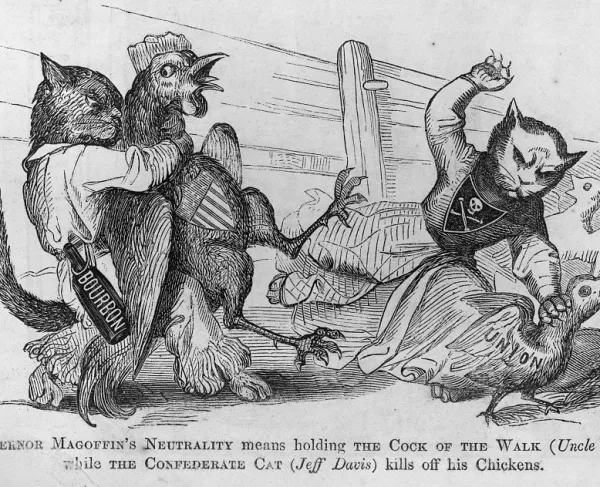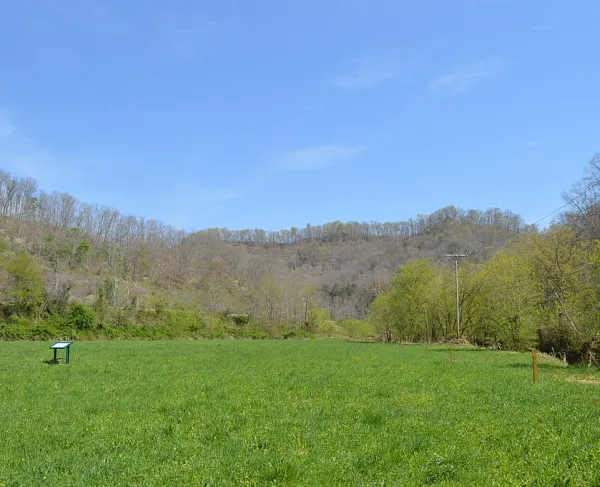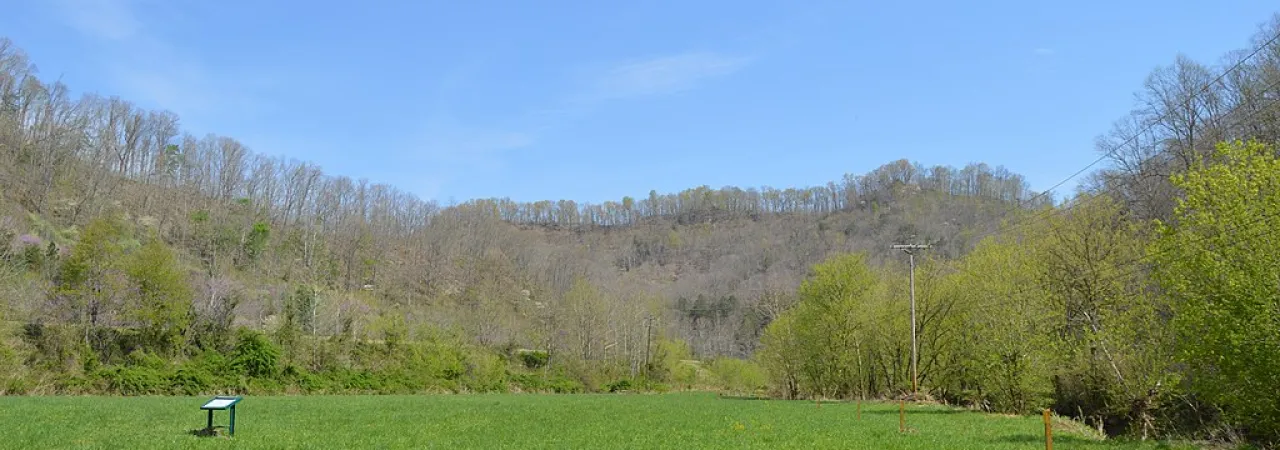
Middle Creek
Floyd County, KY | Jan 10, 1862
On January 10, 1862, Federal forces under the command of James A. Garfield attacked Confederates under the command of Humphrey Marshall at Middle Creek, resulting in the collapse of Confederate control in Eastern Kentucky.
How it Ended
Union Victory. After several hours of intense fighting and being steadily pushed back by Garfield’s men, Marshall decided to burn his wagons and supplies, retreat from the battlefield, and withdraw back into Virginia, relinquishing control of Eastern Kentucky.
In Context
During the winter of 1861-1862, Confederate forces under Humphrey Marshall re-entered Eastern Kentucky taking Pound Gap in December 1861. Marshall’s Confederates advanced even further into the Commonwealth, taking positions near Paintsville. Federal authorities soon tasked James A. Garfield with driving Marshall’s men from the area and reclaiming Eastern Kentucky.
James A. Garfield wasted no time in his operations. His command, numbering around 1,500 men, moved from their base at Catlettsburg towards the Confederate forces at Paintsville. By January 7th, Garfield arrived at Paintsville and quickly pushed aside a Confederate cavalry screen. Upon arriving in the city and the hills outside, Garfield learned that Marshall withdrew towards Middle Creek Valley. The area offered a viable defense for many of Marshall’s poorly armed men and secured his line of retreat to Virginia. After advancing further, Garfield’s command arrived at Prestonsburg on the 9th and prepared to attack.
On the morning of January 10th, Garfield moved his small command out of Prestonsburg towards the mouth of Middle Creek. Around 1 p.m., Garfield’s skirmishers ran into the Confederates almost half a mile from the main Confederate line. Not knowing Marshall’s position, Garfield sent elements of his cavalry to his front to find the main Confederate line. The Federal cavalrymen discovered not only a trap but the Confederate position along the hills on the south side of Middle Creek. After moving forward and capturing Graveyard’s point, which gave him a view of the Confederates to his front, Garfield deployed his forces.
In the ensuing battle, Garfield sent two regiments across Middle Creek, attacking the main Confederate line. Meanwhile, he sent two other regiments around the Confederate right to flank them. The units involved in this flanking maneuver were the Union 14th and 22nd Kentucky Infantry regiments. With the arrival of Union reinforcements, Garfield continued to advance along the Confederate lines.
27
65
By 5 p.m. Marshall's line began to break, and with the sun setting, he decided to burn his wagons and retreat toward Virginia. Though he was victorious, Garfield decided not to pursue Marshall due to the conditions of his troops and the late arrival of his supply wagons. After Marshall retreated, Garfield withdrew to Prestonsburg. The Confederate defeat at Middle Creek allowed Federal forces to solidify control over Eastern Kentucky and was vital in breaking overall Southern control over the state. The battle also proved to be the launch of James A. Garfield’s political career, which eventually landed him in the White House as the 20th President.
Beginning in the fall of 1861, Confederate forces had captured critical sections in the lower part of Kentucky. Southern control extended from the Mississippi River to the mountains of Eastern Kentucky. The Federal victory at Middle Creek was the first in a series of battles in the state.
After the Union victory at Middle Creek, Garfield was promoted to brigadier general. News of his success spread across the North. After the war’s conclusion, Garfield capitalized on his popularity. He ran for an Ohio seat in Congress shortly after the war and was elected president in 1884.
Related Battles
1,500
1,998
27
65
